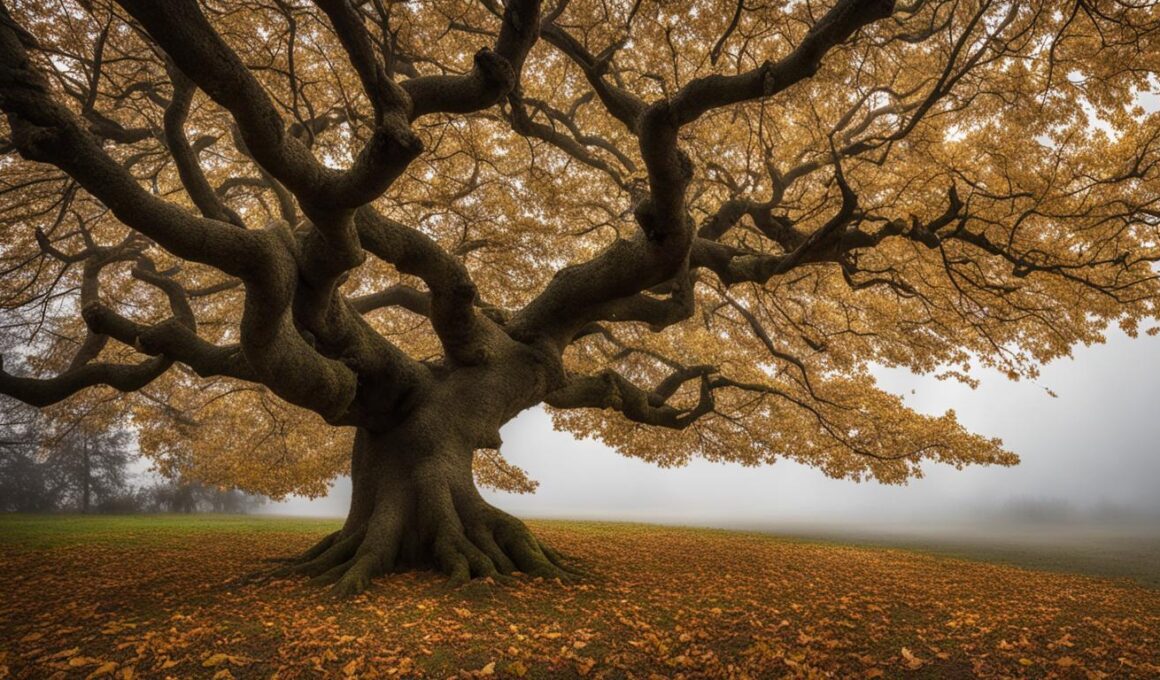Have you ever wondered whether magnolia trees lose their leaves? Magnolia trees are renowned for their stunning blooms and are a popular choice in landscaping. However, many people are curious about the leaf behavior of these trees. Well, the answer is yes, magnolia trees do lose their leaves, but there’s no need to worry. It’s all a natural part of their life cycle.
Understanding the Leaf Cycle of Magnolia Trees
Magnolia trees, known for their breathtaking beauty, undergo a fascinating leaf cycle. As deciduous trees, they experience the natural process of losing their leaves and then regrowing them. This cycle is an integral part of the tree’s life and happens in sync with the changing seasons.
In late fall or early winter, as temperatures drop and daylight hours decrease, magnolia tree leaves begin their transformation. They turn vibrant shades of yellow, signaling the impending dormancy period. During this time, the leaves gradually detach from the branches and fall to the ground.
This is a crucial stage for the magnolia tree as it enters a state of rest called dormancy. The leafless branches provide an opportunity for the tree to conserve energy and redirect its resources towards essential functions and preparations for the coming spring.
Throughout the winter months, the magnolia tree remains bare, standing tall against the backdrop of the seasonal landscape. While it may seem dormant, the tree is quietly making preparations for the rejuvenation of new growth when spring arrives.
During this time, it’s important to appreciate the beauty of the magnolia tree in its bare form. The intricate patterns of the branches and the tree’s graceful silhouette create a unique aesthetic appeal.
As the days grow longer and temperatures begin to rise, the magnolia tree undergoes a remarkable transformation. With the arrival of spring, the tree awakens from its dormancy and signals the start of a new leaf cycle.
In summary, the leaf cycle of magnolia trees is a natural and necessary process. Understanding and appreciating this cycle adds to the overall charm and charisma of these magnificent trees. As they shed their leaves and await the arrival of spring, magnolia trees continue to captivate us with their timeless beauty and grace.
Importance of Leaf Drop for Magnolia Trees
Magnolia trees undergo a natural process of leaf drop which is vital for their overall growth and health. Understanding this process is important for magnolia tree owners to ensure the well-being of their trees.
Leaf drop, also known as leaf abscission, is a common phenomenon in many deciduous trees, including magnolia trees. During the colder months, as the days shorten and temperatures drop, magnolia trees enter a period of dormancy. This is when the tree conserves energy and prepares for new growth in the upcoming spring.
The shedding of leaves allows the tree to redirect its resources towards essential functions such as root growth and strengthening. By dropping the leaves, magnolia trees are able to minimize water loss, prevent excessive freezing, and protect themselves from potential damage caused by harsh weather conditions.
The fallen leaves of magnolia trees serve a valuable purpose even after they have dropped. They can be used as natural mulch under the tree, helping to retain moisture and provide insulation for the roots. Furthermore, the leaves can also be added to compost piles, enriching the soil and promoting the overall health of the garden.
Benefits of leaf drop for magnolia trees:
- Conserves energy during colder months
- Prepares for new growth in spring
- Minimizes water loss
- Protects against freezing temperatures and harsh weather
- Allows for root growth and strengthening
- Improves soil health when used as mulch or in compost
As a magnolia tree owner, it’s important to recognize that leaf drop is a natural part of the tree’s life cycle and should not be a cause for alarm. Instead, it should be appreciated as a sign that the tree is healthy and preparing for the upcoming season of growth. By understanding and supporting this process, you can help your magnolia tree thrive and continue to beautify your landscape for many years to come.
Tips for Caring for Magnolia Trees
To ensure the health and vitality of your magnolia tree, there are a few care tips to keep in mind. First, provide ample space for the tree to grow, as some varieties can reach heights of up to 100 feet. Consider dwarf cultivars if you prefer a smaller tree.
Additionally, make sure the tree receives sufficient water and nutrients throughout the year. Magnolia trees generally prefer moist, well-drained soil, so regular watering is important, especially in dry periods. Apply a layer of organic mulch around the base of the tree to help retain moisture and regulate soil temperature.
Regular pruning can also help maintain the tree’s shape and promote healthy growth. Prune magnolia trees during their dormant season, typically in late winter or early spring, to remove dead, damaged, or diseased branches. Be careful not to over-prune, as this can reduce blooming in the following season.
Overall, with proper care and attention, magnolia trees can thrive and provide beauty to your landscape. By following these care tips, you can ensure that your magnolia tree remains healthy and vibrant for years to come.
Will Transplanting Iris in the Spring Affect the Growth of Magnolia Trees?
Transplanting iris in spring should not affect the growth of magnolia trees. Iris and magnolia trees have different soil and sunlight requirements, so they can coexist without interfering with each other’s growth. As long as both plants receive proper care and maintenance, they can thrive together in the same garden.










